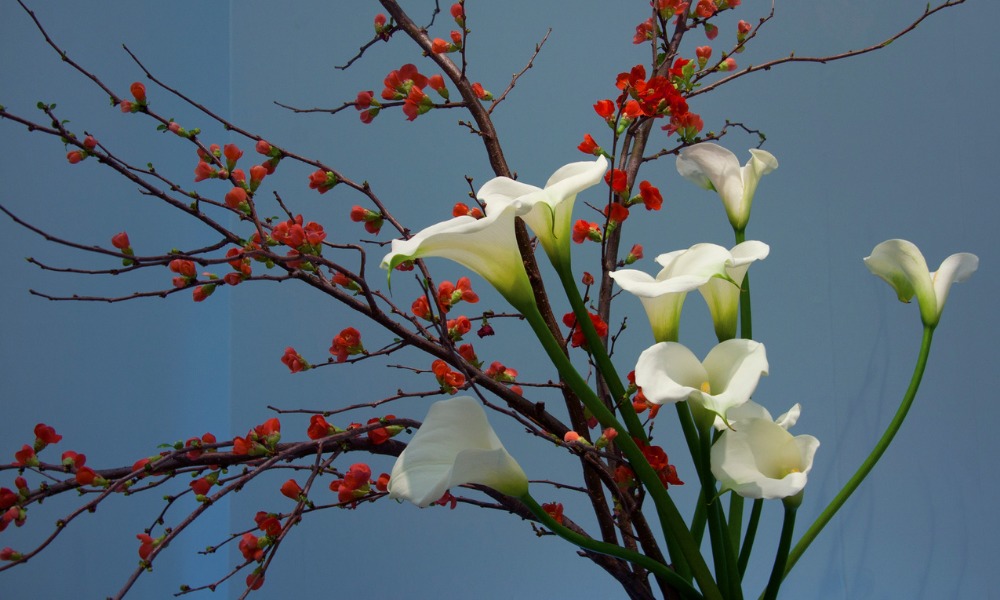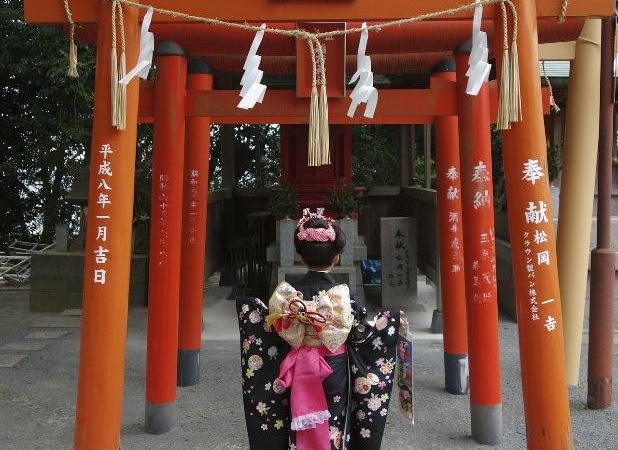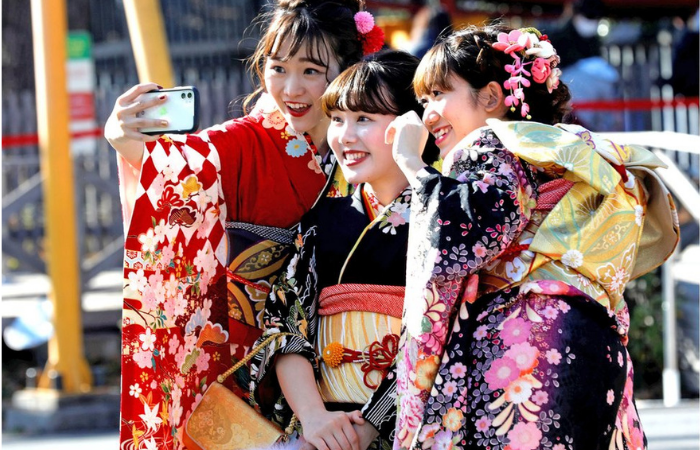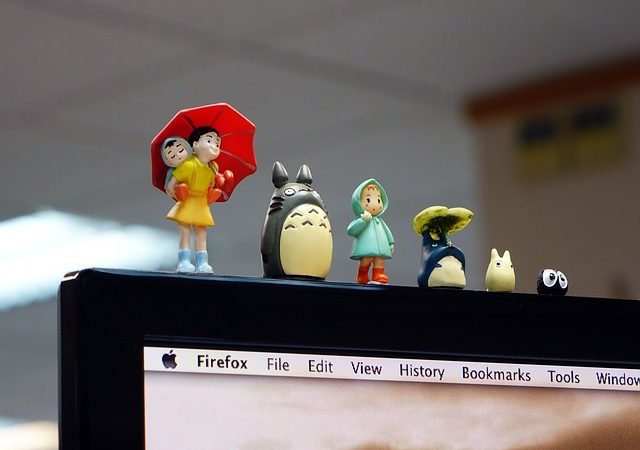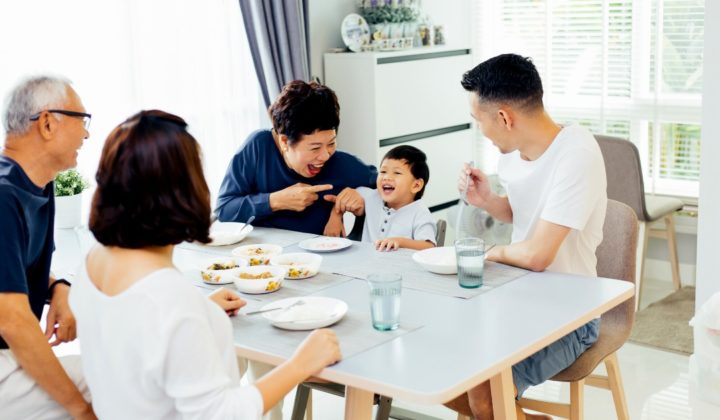This post is also available in:

There are many ways to learn a culture of a country–from its food, language, and art, among other things. In Japan, there are a lot of traditional arts that you can explore and through which you can get to know more about Japanese culture. In Japan, there is a Japanese flower arrangement art called ikebana.
Are you wondering about ikebana and how it looks? Let’s dive into the world of the Japanese flower arrangement!
The Culture of Japanese Flower Arrangement: What is Ikebana?
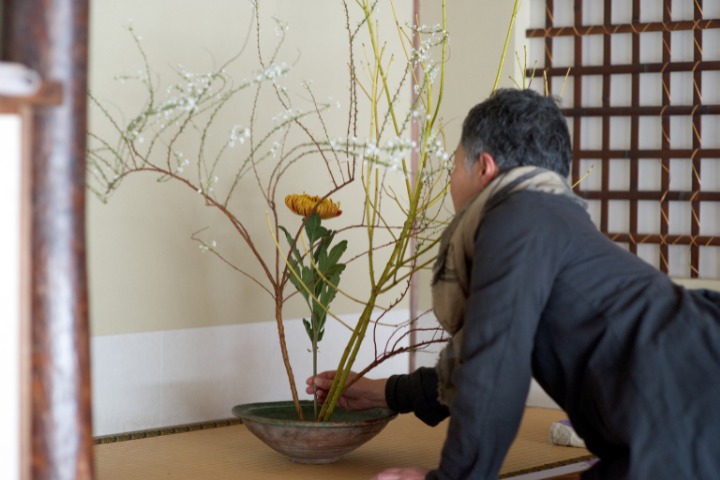
Credit: Canva
The word ikebana (生け花) comes from two words, ikeru (生ける) that means “to make something live” and hana (花 ) “flower.” Ikebana is the Japanese traditional art of flower arrangement that involves the arrangement of different kinds of flowers, blossoms, branches, leaves, and stems.
This art of flower arrangement is also known as kado (華道) or the “way of flowers.” What makes ikebana unique is its philosophy, which is to bring the flowers alive with a touch of sensitivity and through the emotions added to it. This philosophy gives Japanese flower arrangement a much more sentimental feel and unique aspect compared to other flower arranging cultures.
Did you know that the origin of this beautiful Japanese flower arrangement art is associated with the introduction of Buddhism in Japan back in the sixth century? During Japan’s early history, it was widespread to spend one’s pastime viewing plants and appreciating flowers–for example, the hanami sakura-viewing tradition celebrated every Spring that is still very popular today. Along with the introduction of Buddhism, flower offerings at Buddhist altars became common using Japanese native flowers.
This started the development of ikebana art in Japan.
Hanakotoba, the Japanese Language of Flowers
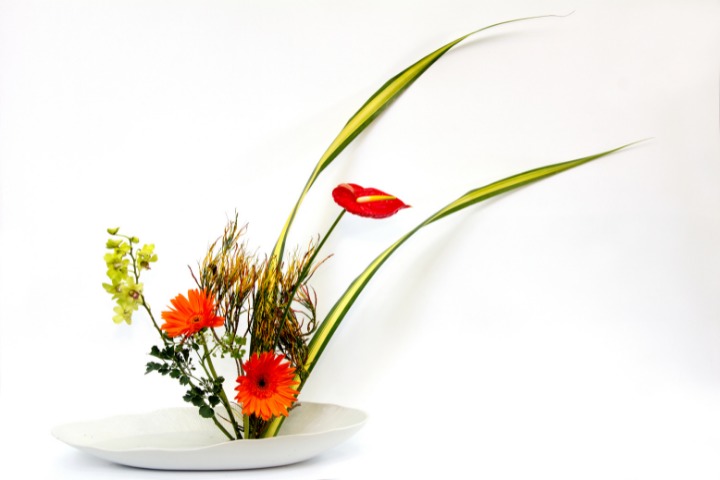
Credit: Canva
Hanakotoba (花言葉) is the Japanese language of flowers in which every flower and plant has its own embedded meanings. As each arrangement in ikebana uses different kinds of plants and flowers, each ikebana has a special meaning following the hanakotoba of the plants and flowers used.
The meanings are usually given based on the color, the presence of thorns, the height of the plant, and the flower combination used in the ikebana flower arrangement. This aspect of ikebana gives the sense of secrecy and intimacy, as you are communicating your emotions and feelings through flowers.
The Concept and Different Forms of Ikebana

Credit: Canva
Another thing that makes ikebana unique and different from flower arrangement arts from other cultures is the concepts and styles used. The Buddhist influence on ikebana can be seen through every aspect and rule of the flower arrangement. Like prolonging the flower’s life customs in alignment with the meaning of ikebana, “making flowers live.”
The Japanese flower arrangement art puts emphasis on the shape, line, and form of the plants used, rather than just the colors. It is essential to maintain the balance of the plants used in ikebana– from the idea of good and bad fortune and the hanakotoba of each flower and plant used to the number of flowers used.
Seasons also influence the shape and forms of the arrangement. For example, ikebana made in Spring tend to have large curved branches to portray the Spring’s strong winds, and ikebana made in the summer tend to be low and broad to depict the summer water and gives a cool and refreshing impression.
Several forms of ikebana are made using this concept of minimalism and elegance.
Rikka
Rikka (立花) means standing flowers. This style of ikebana is one of the oldest styles, and a lot of Buddhist influence can be found in the expression of natural landscapes. The main point of the rikka style is the use of nine branches that portray the elements of nature. This style originated from the Ikenobo School, one of the oldest ikebana schools in Japan.
Chabana
The chabana (茶花, “tea flower”) style was introduced along with the rise of tea ceremonies in Japan. Rustic simplicity is the main characteristic of this style of ikebana. One of the most popular chabana styles is the nageirebana (投入花). This ikebana style involves an unstructured flower arrangement design with a tight bundle of stems forming a triangular asymmetrical arrangement.
Seika
Seika (生花) means pure flowers. Just as the name suggested, this style of ikebana aims to put more emphasis on the beauty and uniqueness of the plant itself simply and naturally. It consists of three parts: ten representing heaven, chi portraying the earth, and jin denotes humans.
Jiyuka
The most modern and recent style of ikebana is jiyuka (自由花) which means “free flower.” Unlike the other ikebana styles, artists can put their own creativity to design the flower arrangement with any materials they would like to use. One of the pioneers of this style is Sofu Teshigara, the founder of the Sogetsu School of ikebana.
Where Can I Learn Ikebana?
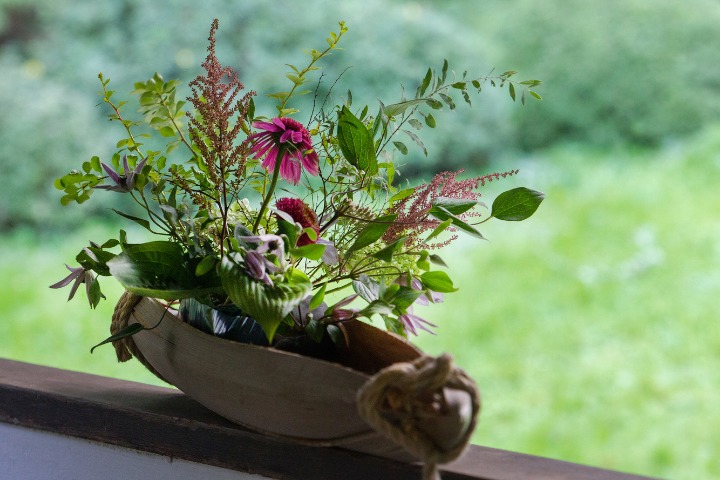
Credit: Canva
While it takes years to master the art of Japanese flower arrangement, you can always experience it through beginner classes offered to anyone interested in ikebana. If you live in or visit Tokyo and Kyoto, you should check out the Sogetsu School.
Sofu Teshigahara, the son of an ikebana artist Wafu Teshigahara, founded the Sogetsu School of ikebana in 1927. He believed that ikebana should incorporate creativity and originality, using any materials to enhance the beauty of the flowers used. Hence, this school is famous for its focus on the iiyuka style.
Not only does it offer classes in these two cities, but they also have many branches and study groups worldwide. If you are also interested in learning the rikka and seika styles, the Ikenobo School is another great and famous school that specializes in these styles. Ikenobo goes back to the 8th century and is considered the oldest Ikebana school in Japan.
For Tokyoites who want to learn about Japanese flower arrangement in English, Atelier Soka is an excellent place for you to check out! It was founded by a first-grade teacher of the Sogetsu School, Mika Otani, famous for her dynamic jiyuka works. Here, you can book different kinds of lesson plans and the school also offers a 100-minute class for tourists and anyone who wants to have a quick taste of this art.
Interested in Ikebana, the Art of Japanese Flower Arrangement?
Through ikebana, not only will you be able to learn the beautiful Japanese flower arrangement techniques and art, you will be able to have a deeper look into Japanese culture and understand the emotional and sentimental Japanese outlook on beauty.
Learning ikebana is something that everyone should experience!
Nadira Anamika Utari
Find out more about the Japanese culture here!
- Kawazu Sakura: Early-Blooming Cherry Blossom
- 5 Hinamatsuri Foods That Bring Good Luck
- Behind The Culture Of Social Gatherings In Japan: The Meaning Of “Kai”
- Everything You Need to Know About Haiku: Japanese Poetry
Experience Traditional Japan With These 7 Cultural Workshops
Feature picture credit: Canva

